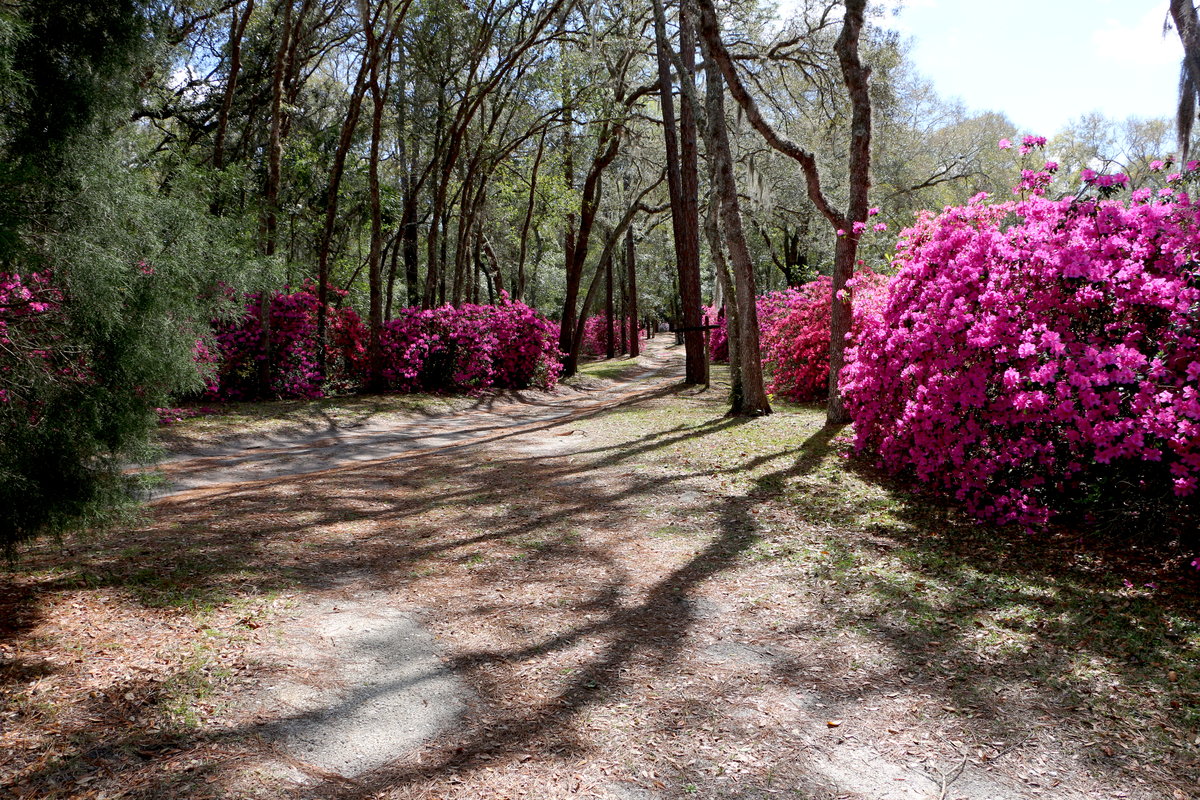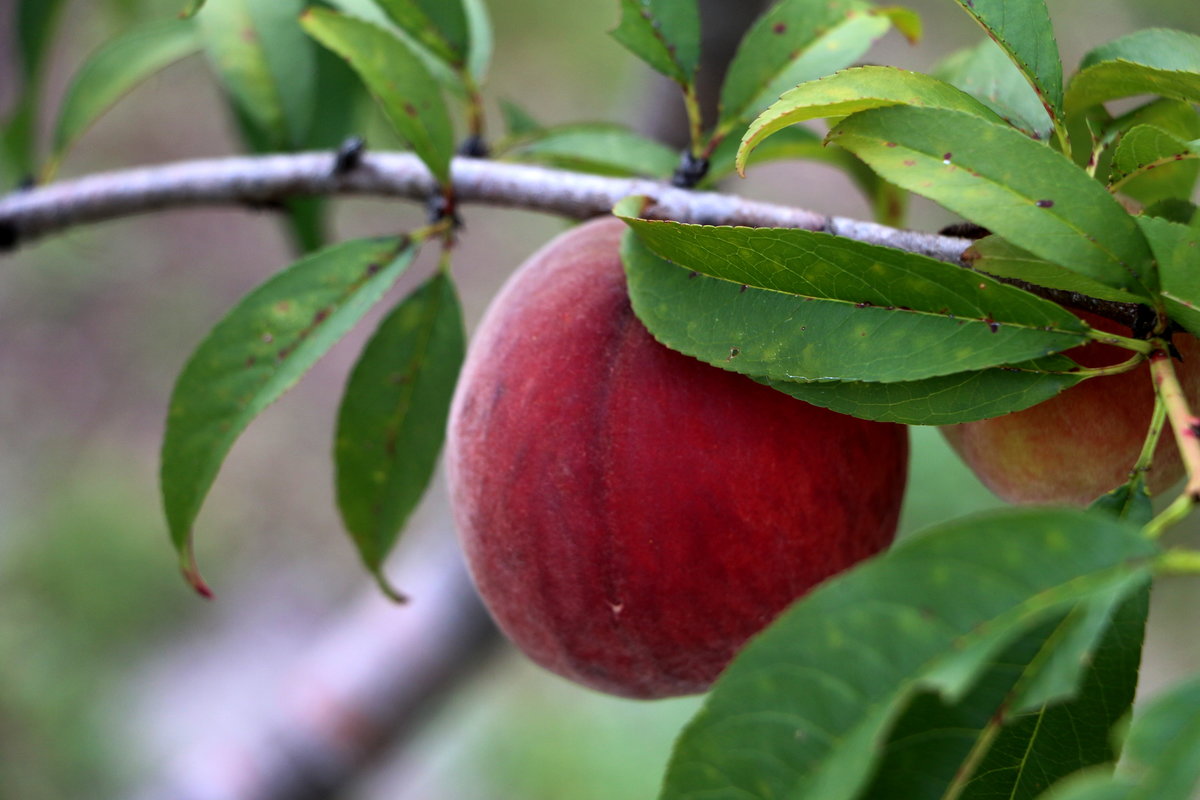- It is a Traditional Way of Life – The Southern Agrarian movement, born in the 1920’s, is rooted deep in Southern soil. It goes back to the English Cavalier culture with its system of aristocracy and social hierarchy. Its adherents have often been known as Country Gentleman and Southern Gentleman or Southern Lady and Southern Belle. The need to return to this simpler, more noble, more orderly, more self-reliant way of life has never been greater than it is today. Southern Agrarianism is a cultural movement and a way of life.
- It is being Close to the Land – It is enjoying the bounty from one’s own garden, savoring a breakfast of fresh eggs gathered from the back yard chicken flock, and picking a sweet, juicy peach from a tree you planted. Southern Agrarianism is about being rooted in the land – not being a dependent cog in the complex machine of urban life.
In short, this is about enjoying a simple, yet elegant and refined way of life. It is a nostalgia for tradition and social order. It is about growing plants and raising animals and understanding the meaning of husbandry and stewardship. It is about understanding our place in the world – those who came before us and those who will follow after us. It is about restoring what once was – and what might have been.
Southern Agrarianism is a Blood and Soil movement. It takes in two of the most basic concepts in all of history: Our People, and the soil that provides the food that feeds our people.
It means that, while we wish all the best toward others, our immediate family comes first, followed by ever larger circles of extended family, and then outward from there.
This being Southern Agrarianism, our people are the Southern people – those who originated in Europe and built the South. Historically, the culture of the South was most heavily influenced by the Cavaliers who fled the violence of the English civil war and settled in the South. They brought with them the English high culture which translated into the Southern Plantation culture: an orderly, hierarchy-based culture that was deeply rooted in the soil. There was a sense of kinship that was shared by both the smallest land-holding farmer and the largest plantation owner; they shared the common bond of those who live close to the soil. They were Southern Agrarians.
“An agrarian society is hardly one that has no use at all for industries, for professional vocations, for scholars and artists, and for the life of cities. Technically, perhaps, an agrarian society is one in which agriculture is the leading vocation, whether for wealth, for pleasure, or for prestige – a form of labor that is pursued with intelligence and leisure, and that becomes the model to which the other forms approach as well as they may.”
Introduction: A Statement of Principles in the book, I’ll Take My Stand
The Southern Agrarian movement in its purest form was described in the book, I’ll Take My Stand, (first published in 1930) by Twelve Southerners. Two of those “Twelve Southerners” – Stark Young and Frank Lawrence Owsley – were my cousins. Stark Young’s section of I’ll Take My Stand is titled Not In Memoriam, But In Defense; Frank Lawrence Owsley’s section is titled The Irrepressible Conflict.
While I’ll Take My Stand is the cornerstone, it is not the final word on Southern Agrarianism, just as the cornerstone is not the entire building.
 The Southern Agrarian is published by
The Southern Agrarian is published by
Stephen Clay McGehee.
Born-Again Christian, Kentucky Colonel,
grandfather, husband, business owner,
Southerner, aspiring Southern Gentleman.
Founder and president of Adjutant Workshop, Inc. (a software development company), Vice president of Gather The Fragments Bible Mission, Inc. (Sierra Leone, West Africa). My personal motto is:
Not for Our Time, but for All Time – Not for All People, but for Our People.
The Southern Agrarian life.
(Photos by Stephen Clay McGehee)









Recent Comments